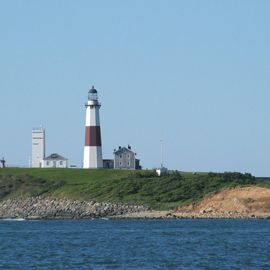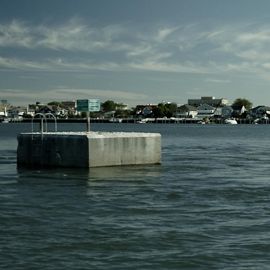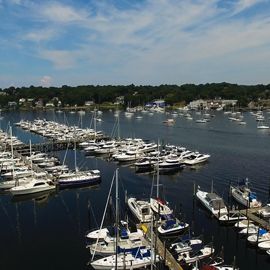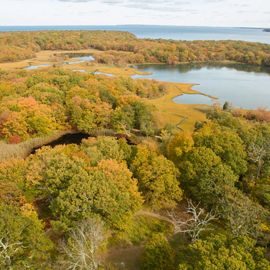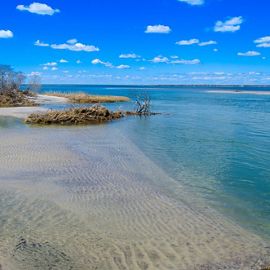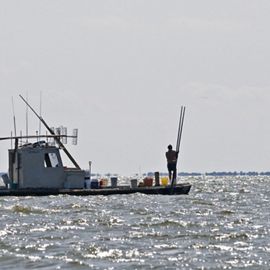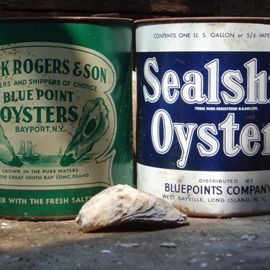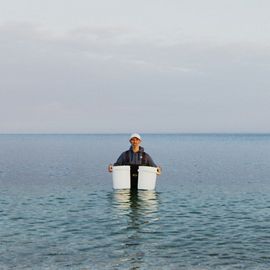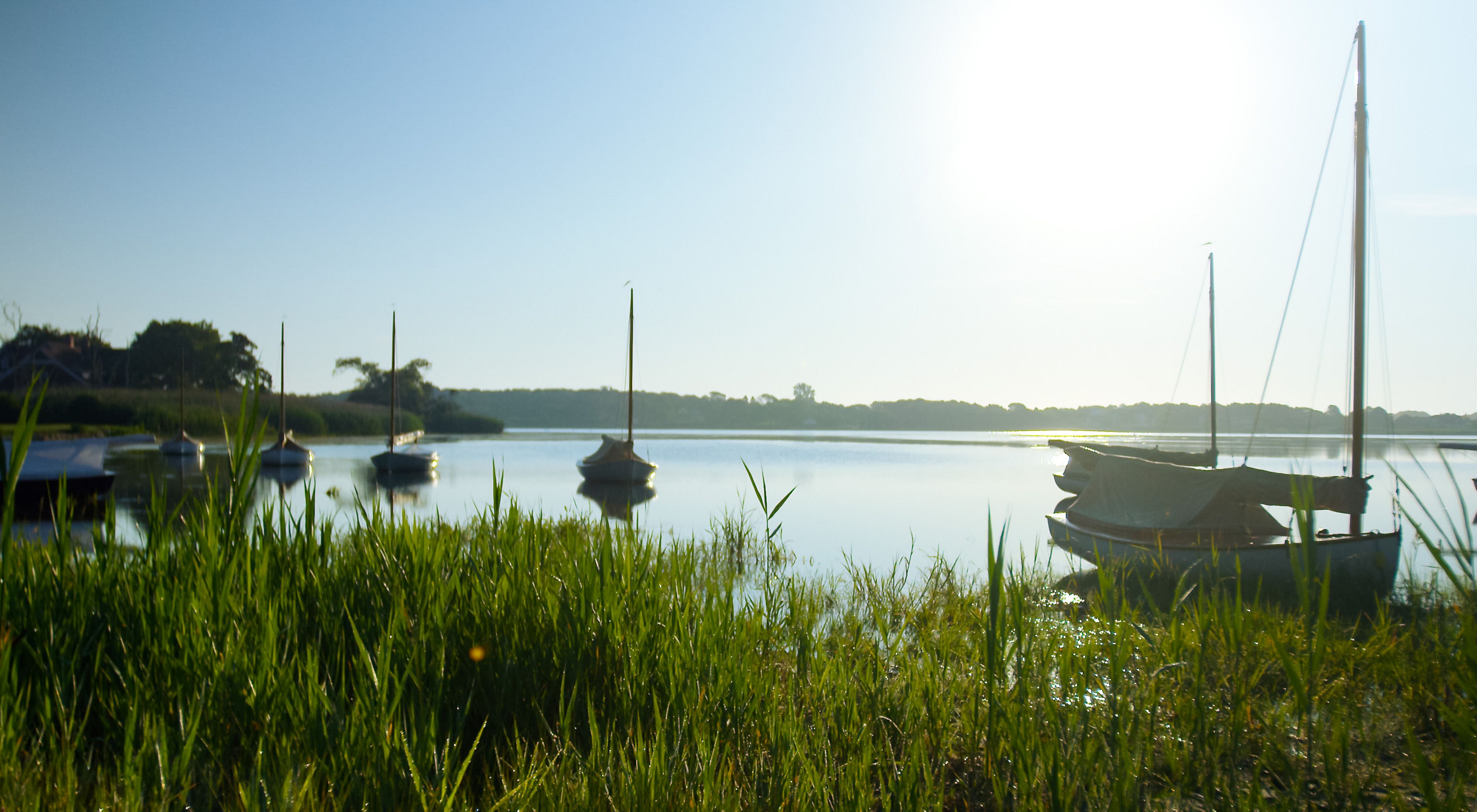It's Toxic
The blue-green algae Microcystis produce a powerful toxin, called microcystin, which can make people and wildlife very sick. Symptoms can include nausea, vomiting, diarrhea, irritation, allergic reactions, and difficulty breathing and even death. Researchers have shown that when there are high levels of nitrogen, the algae produce even more toxins. Deaths of pets and livestock attributed to blue-green algae have been documented around the country, including the Hall's dog Rosie. Even if there are no printed warning signs, avoid contact with and keep pets away from lakes and ponds that have green water.
A Step-by-Step Process
Long Island's nitrogen pollution problem affects us all. Thankfully, local leaders and motivated citizens are working toward solutions. New York State, Suffolk County, U.S. Environmental Protection Agency, and several Long Island townships have all recently taken steps aimed at reducing Long Island's nitrogen pollution problem. There is no one single solution. Restoring and protecting Long Island's water quality will be a step by step process.

It Doesn't Just Apply to Georgica Pond
Fueled by nitrogen pollution, the blue-green algae Microcystis caused the closure of 14 lakes and ponds in Suffolk County in 2015, including Long Island's largest lake, Lake Ronkonkoma. All of Long Island suffers when beaches are closed in the summer and people are unable to swim, fish, or even walk on the beach without encountering toxic algae.
Explore Local Stories About Water Quality
